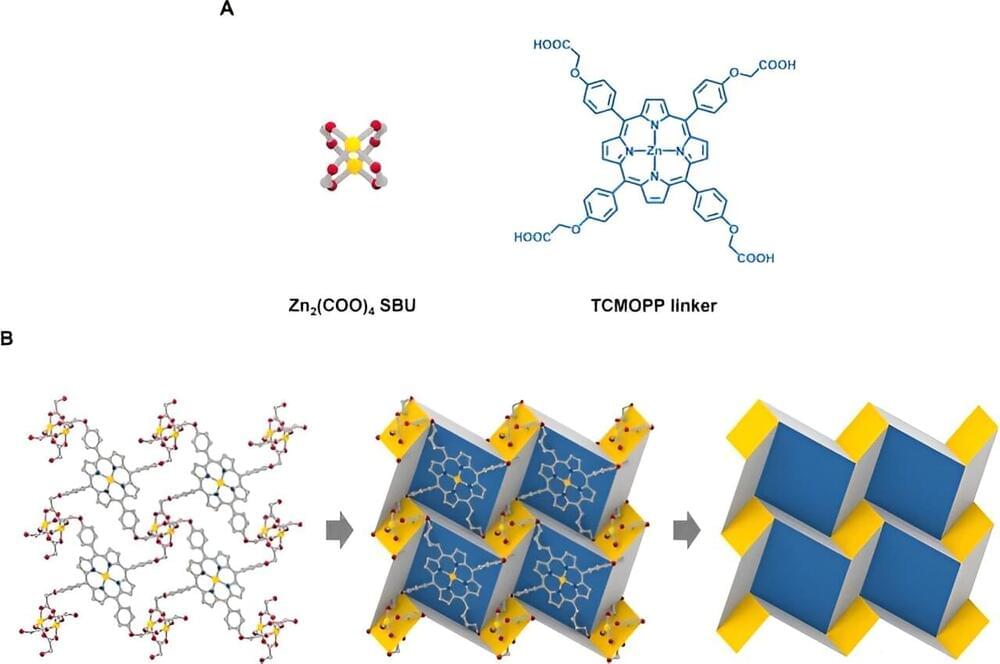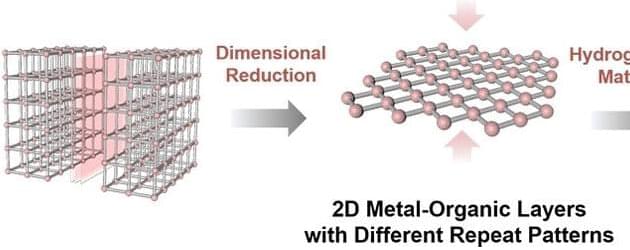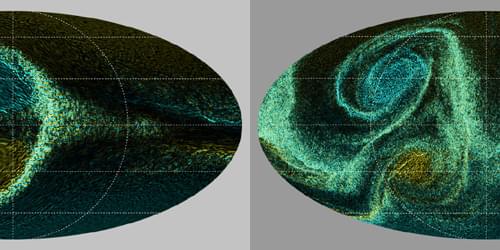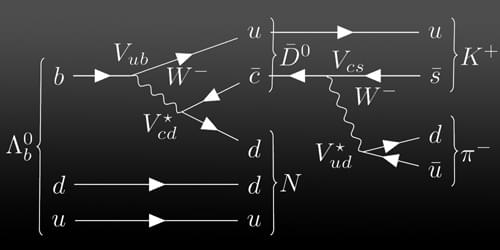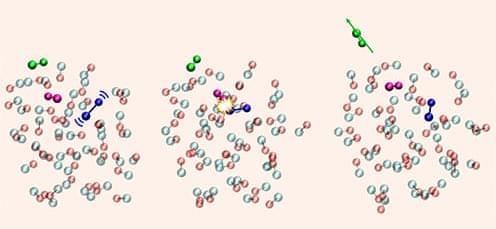Origami is a paper folding process usually associated with child’s play mostly to form a paper-folded crane, yet it is, as of recently a fascinating research topic. Origami-inspired materials can achieve mechanical properties that are difficult to achieve in conventional materials, and materials scientists are still exploring such constructs based on origami tessellation at the molecular level.
In a new report now published in Nature Communications, Eunji Jin and a research team in chemistry and particle acceleration at the Ulsan National Institute of Science and Technology, Republic of Korea, described the development of a two-dimensional porphyrinic metal-organic framework, self-assembled from zinc nodes and porphyrin linkers based on origami tessellation.
The team combined theory and experimental outcomes to demonstrate origami mechanisms underlying the 2D porphyrinic metal-organic framework with the flexible linker as a pivoting point. The 2D tessellation hidden within the 2D metal-organic framework unveiled origami molecules at the molecular level.
